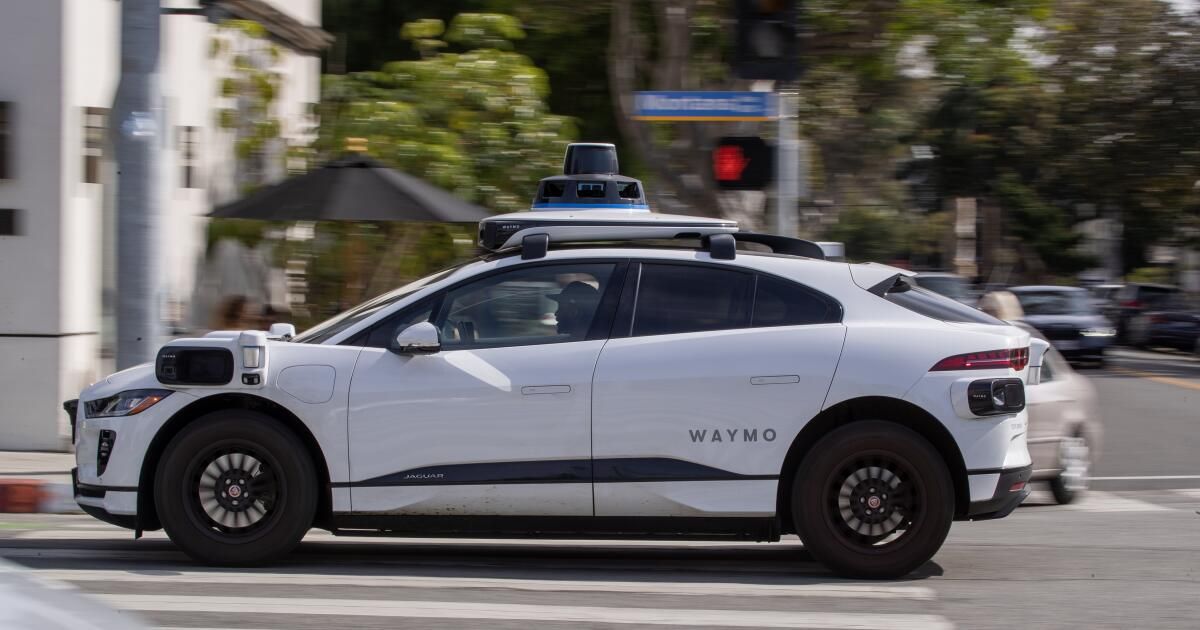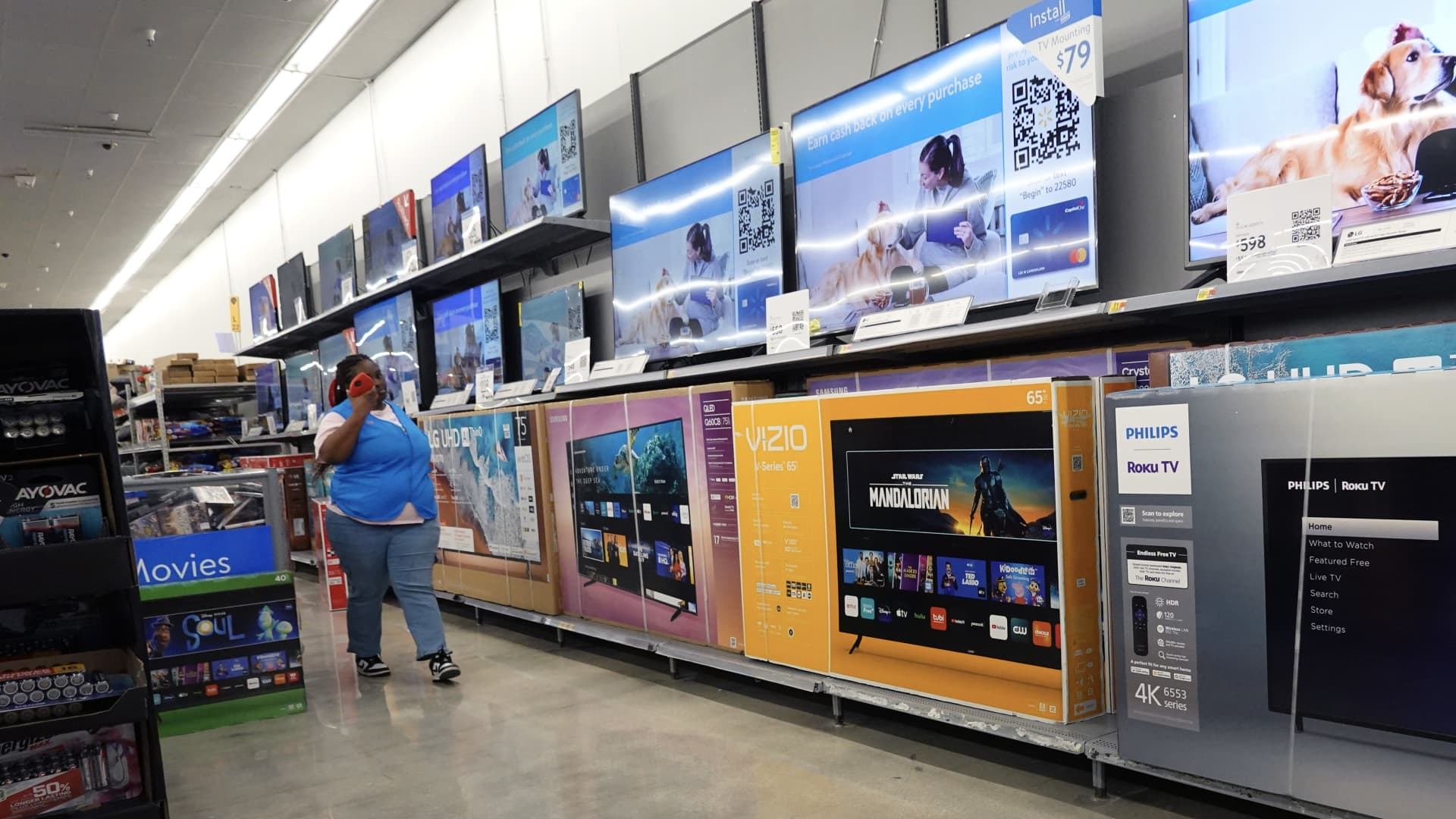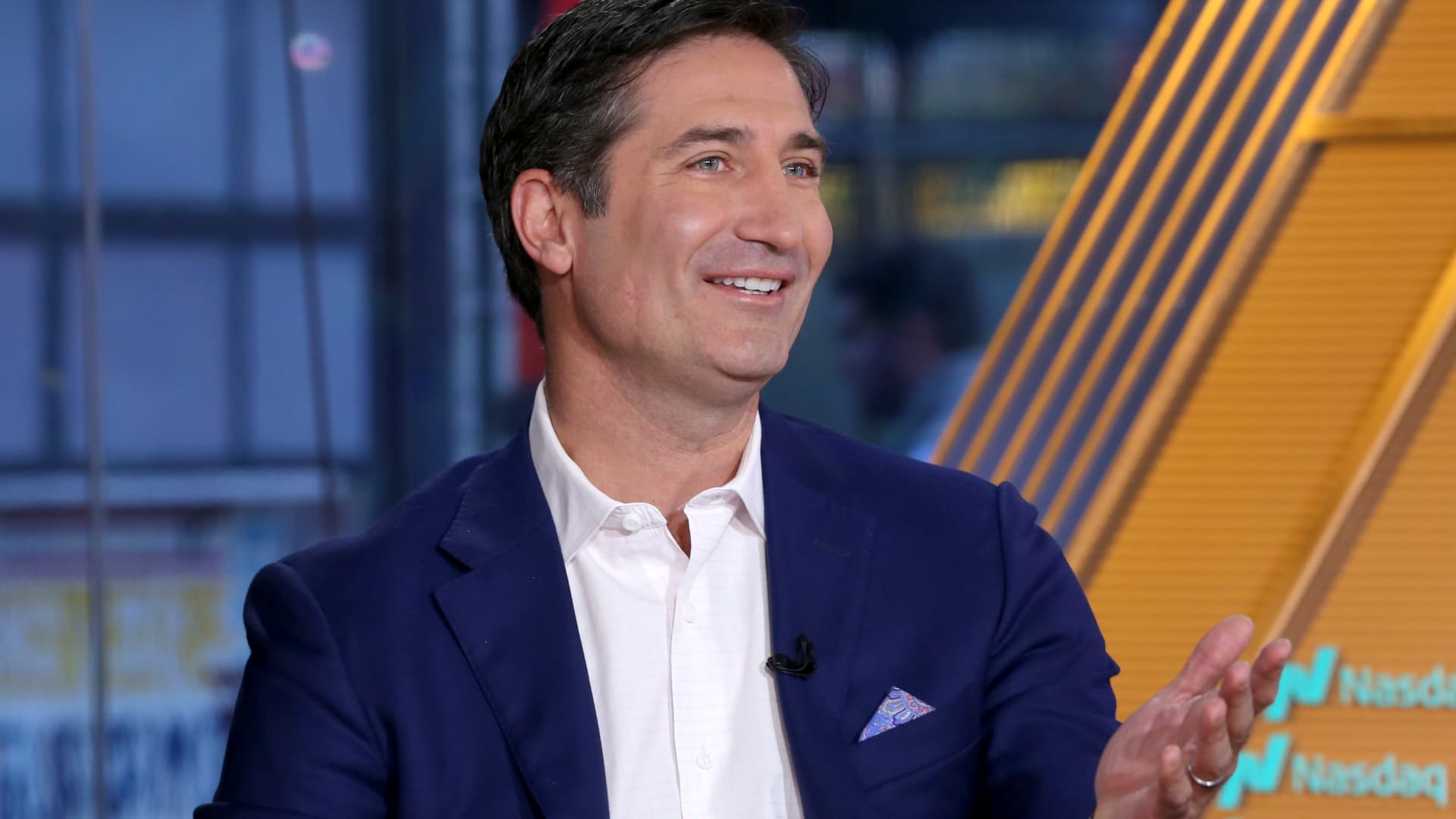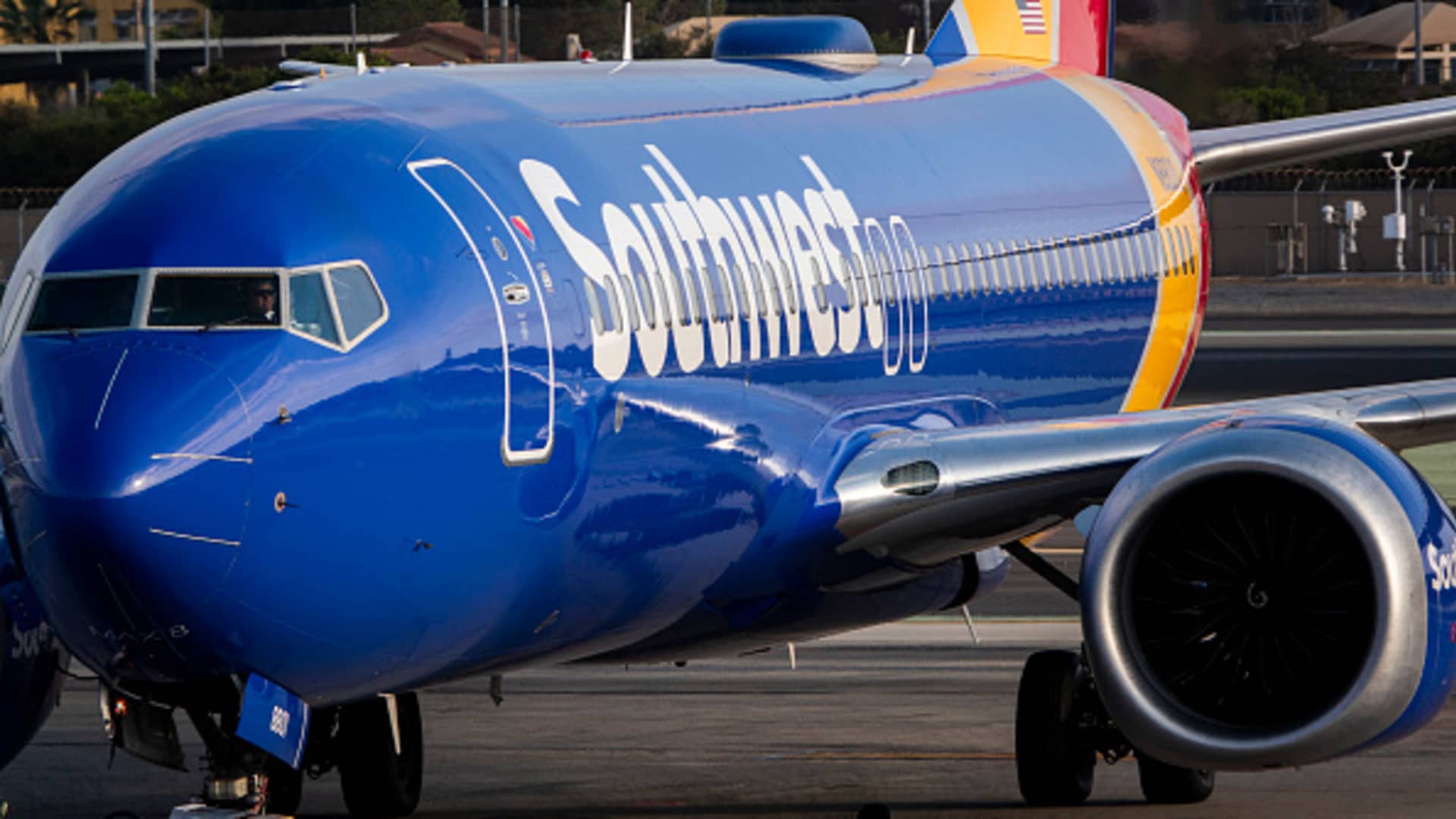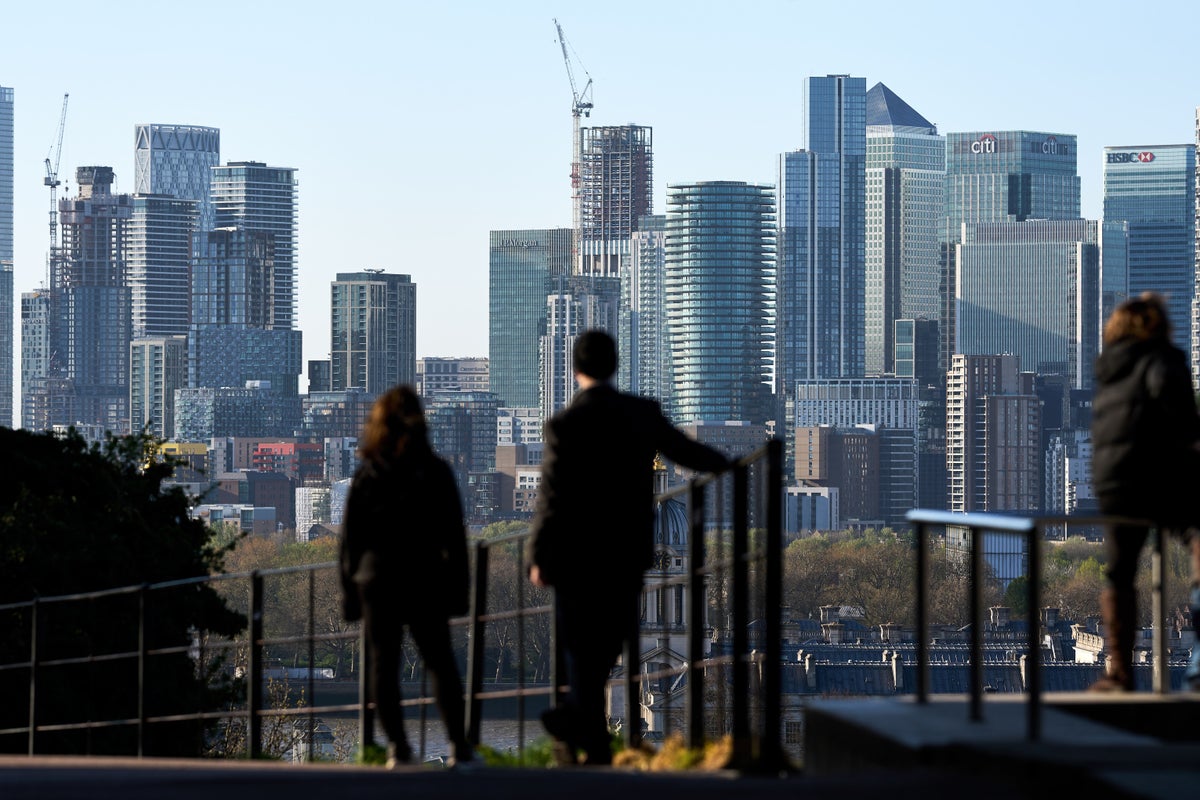Waymo's self-driving cars are taking a tour of Los Angeles.
Your first stop? Santa Monica's Third Street Promenade.
After months of testing, the Silicon Valley-based self-driving car company began offering Waymo One, its 24/7 robotaxi service, to the public on Wednesday. Those interested can get an activation code that will allow them to ride free for a week at a pop-up event in person or by registering online.
In November, Waymo One will move to Century City, then West Hollywood, Mid-City, Koreatown and downtown Los Angeles.
Self-driving car enthusiasts, many of whom received emails about the event in advance, lined up at Waymo's booth in Santa Monica on Wednesday morning before its 8 a.m. opening, said Waymo's marketing manager. Waymo products, Julianne McGoldrick.
Waymo launched its driverless taxi vehicles in Santa Monica on Wednesday with a promotional campaign on the Third Street Promenade.
(Jaimie Ding)
They picked up their “ticket to ride” with an activation code and grabbed T-shirts and tote bags. Some even wrote on Waymo-branded postcards to mail to friends and family.
Although some were worried, most had already seen Waymo cars in Santa Monica and were excited to finally take a ride.
“It's the future,” many repeated.
Waymo, owned by Google parent company Alphabet, began mapping Los Angeles with human drivers in 2019. It began testing autonomous vehicles with safety drivers in Santa Monica last fall, and a Times reporter rode one in early 2023. .
Waymo already offers fully driverless rides to the public in San Francisco and Phoenix. Both Waymo and Cruise, a competitor owned by General Motors, recently received approval from the California Public Utilities Commission to charge for rides in San Francisco and offer 24/7 service.
Emily Watts, an entertainer who lives in Santa Monica, dreams of the day she can put her two daughters in a Waymo and send them to soccer and swimming practice.
They're a little young (6 and 7 years old) but “in the future, it's going to be amazing,” Watts said.
Watts, 42, said she's not nervous about riding one after doing some testing on her own over the past few months. She has passed several Waymo vehicles and tried to swerve into her lane “just a little bit” or go outside with her dog when she sees one coming.
“I'll try to fool them,” Watts said, laughing. “They've been very good.”
Leigh Holmes from Venice brought her parents, who were visiting from New Zealand.
His father, Tony, began losing his vision at age 35 and is now completely blind at 82.
“I want one of these things for myself,” the elder Holmes said.
By mid-morning, a group of about 30 protesters from Teamsters Union Local 630 arrived, waving signs that read “Waymo = no go” and “Driverless is dangerous.”
The union represents truckers and workers in various industries, including office, warehouse and food service. The Teamsters union has been a strong supporter of Assembly Bill 316, which would have required the presence of a human driver for autonomous vehicles weighing more than 10,000 pounds. Gov. Gavin Newsom vetoed the bill in September.
“We urge all local elected leaders in Los Angeles County to hold companies like Waymo accountable by ensuring this technology is thoroughly tested and regulated before further harm is caused to our communities, as we have seen in other regions of the country,” Chris Griswold, president of Teamsters Joint Council 42, said in a statement Wednesday.
Criticism of autonomous vehicles has been fueled in recent months by several accidents in San Francisco. Protesters handed out leaflets pointing out incidents in which cars caused major traffic jams, allegedly blocked an ambulance and killed a dog. Another incident involved Cruise cars hitting a pedestrian who had been hit by a human driver.
An analysis of Waymo crashes found that most of them were caused by other vehicles colliding with self-driving vehicles. Waymo vehicles also sometimes have difficulty staying clear of irregularly shaped inanimate objects. Waymo has said that its driverless cars have reduced injuries and deaths on the road and that its crash numbers may be higher because it reports even minor accidents, while human drivers do not always report similar incidents.
Despite the commotion, several people continued to walk past the pop-up, seemingly unfazed by the megaphones behind them.
Juan Matute, deputy director of the UCLA Institute of Transportation Studies, said he believes autonomous vehicles are safer than human drivers after experiencing it himself. He is an advocate for safe streets in his spare time and has already taken three trips with Waymo.
Vehicle automation can “help with some of the problems we have with distracted driving because an autonomous vehicle is never distracted,” Matute said.

